Christmas might not seem the most appropriate time to ask you, dear reader, if you’ve ever suffered a nervous breakdown. Yet for many this festival of conviviality amid the darkest hours of the year exacerbates a sense of loneliness and desperation. The break in routine, so welcome for most of us, can become a swift passage to the mental abyss. Snow, that magical, muffling coating of the damp, dark everyday world can appear – particularly in the northern countries – relentless and oppressive, yet another manifestation of a visual world that is veering out of control.
Every mark conveys a simultaneous sense of nature static and nature caught in a continual existential flux
If Tate’s not-very-good Munch exhibition earlier this year had one positive effect it was to puncture the widely held perception that every last brush stroke of the Norwegian painter’s oeuvre is an expression of manic depression and Nordic angst. The artist’s mental problems were probably alcohol-induced rather than innate, and there’s no documentary evidence that Snow Falling in the Lane, 1906, is anything other than a representation of two figures out for a winter walk. Yet it's impossible to look at this marvellous painting with its swirling forms and muted, deceptively pretty colours without feeling a slight sense of unease.
As in The Scream, the looping brush marks can be seen as representing the turmoil of the artist’s mind signifying a world that is out of control, where mental phenomena and physical forms are merging and bleeding into each other. Or they might be interpreted simply as a stylistic hangover from the influence of Art Nouveau. The greyish violet sky, darker than the glowing ground – the sort of light effect that creates a sense of wonder and expectation, certainly in the British mind – could represent a suffocating closing-in. And those faceless figures, abruptly truncated at the bottom of the painting, are they people known to the artist – children perhaps? (and certainly the informal title suggests an environment with which Munch is intimately familiar). Or are they anonymous manifestations of his paranoia?
There is no reason, of course, why there should be clear-cut answers to any of these questions. This is a painting, not a short story. It exists beyond narrative. So let’s for the benefit of this festive moment say simply that this is a wonderfully spontaneous work in which every mark conveys a simultaneous sense of nature static under its carpet of gathering white and nature caught in a continual existential flux. The balance of colours is exquisite, and the snowflakes, plastered onto the surface in thick gobbets of paint add an extra spatial dimension. The beauty of Snow Falling in the Lane isn’t an easy one, and that generally is for the best.



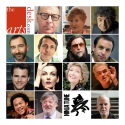

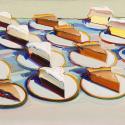


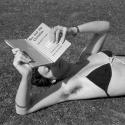
![SEX MONEY RACE RELIGION [2016] by Gilbert and George. Installation shot of Gilbert & George 21ST CENTURY PICTURES Hayward Gallery](/sites/default/files/styles/thumbnail_125_x_125_/public/mastimages/Gilbert%20%26%20George_%2021ST%20CENTURY%20PICTURES.%20SEX%20MONEY%20RACE%20RELIGION%20%5B2016%5D.%20Photo_%20Mark%20Blower.%20Courtesy%20of%20the%20Gilbert%20%26%20George%20and%20the%20Hayward%20Gallery._0.jpg?itok=3oW-Y84i)
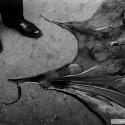
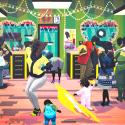
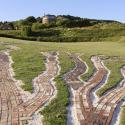
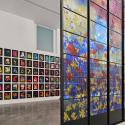
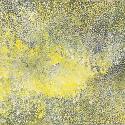
Add comment